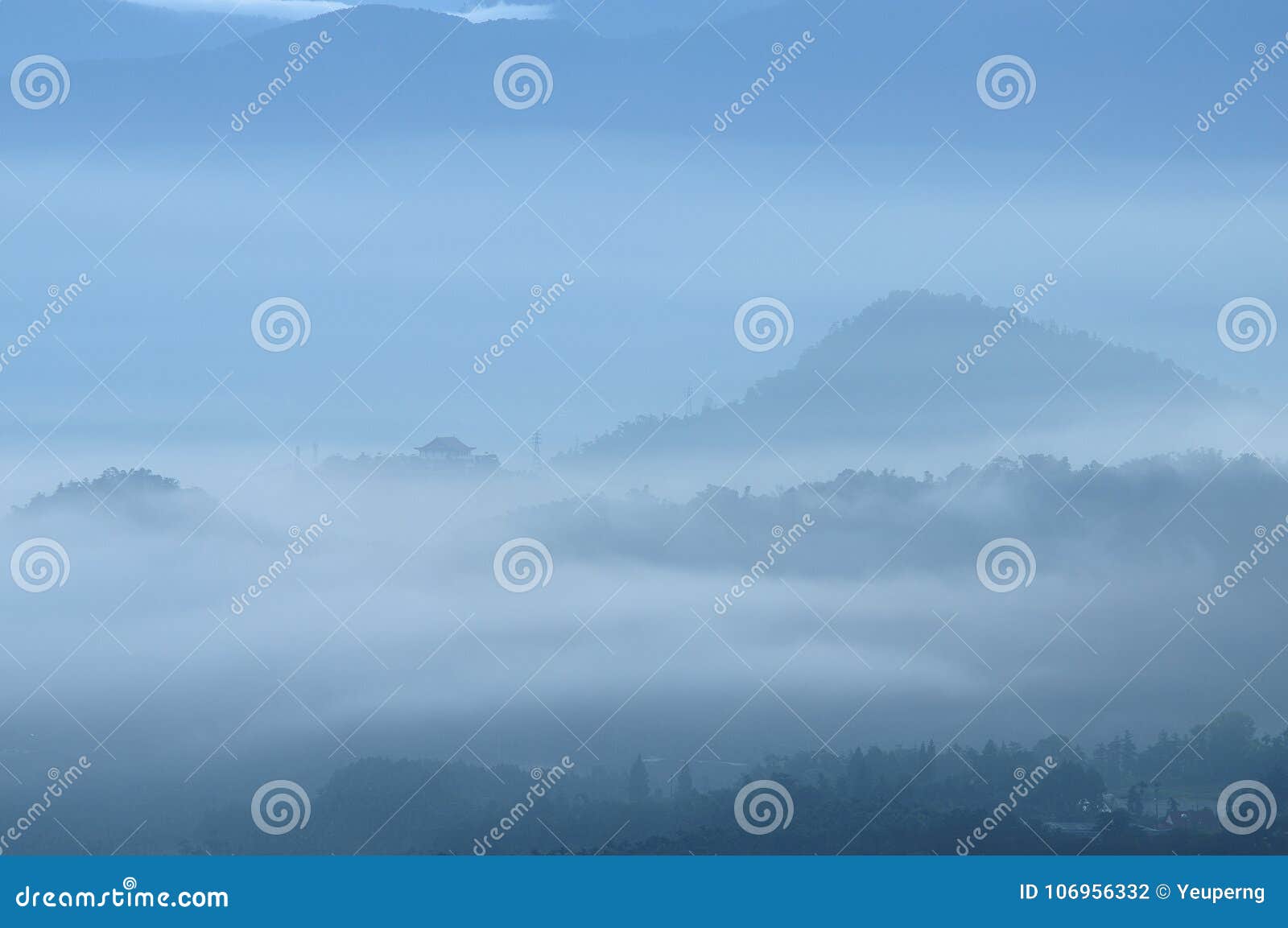

This and their extreme cold hardiness have made many varieties of Fargesia very popular among gardeners. Unlike Phyllostachys, the Fargesia bamboos are chiefly dense-growing clumpers. (Photo by Fred Hornaday)įargesia is another major genus of bamboo, also indigenous to China and Southeast Asia. The genus Phyllostachys includes dozen of cold-hardy bamboo species. But you’ll want to keep a close eye on these running bamboos to be sure they don’t become invasive, as runners sometimes do. Almost every species of Phyllostachys is a fast-spreading runner (with an aggressive rhizome root system), and many of them are cold-hardy, down to -5 or -10º F. Phyllostachys is one of the most widespread genera of bamboo, primarily native to China and including about 50 distinct species.

But there are also a few varieties of clumping bamboo that can withstand a deep freeze, Running bamboo tends to be more suitable for cold climates. But the long answer is that it really depends on what variety of bamboo you are growing. We hear this question all the time, especially from our friends in Canada. Note: This article first appeared in January 2019, last updated in October 2022. But some of the cold-hardiest bamboo species are actually clumpers, from the genus Fargesia. Runners, therefore, especially of the genus Phyllostachys, tend to be the most popular in cold climates.

In general, running bamboo is considered temperate, as opposed tropical bamboo which is clumping. Many species will withstand temperatures as low as -10º to -20º F. There are dozens of varieties of cold-hardy bamboo that can tolerate snowy winters and freezing temperatures. But with so many varieties to choose from, you can be sure that a sufficient number of bamboos will grow happily in the snowy mountain regions and far northern latitudes like Canada. There are more than a thousand species of grass in the bamboo family, and many of the most popular bamboos for gardening come from the tropics or subtropics, so they much prefer the warmer climates.


 0 kommentar(er)
0 kommentar(er)
